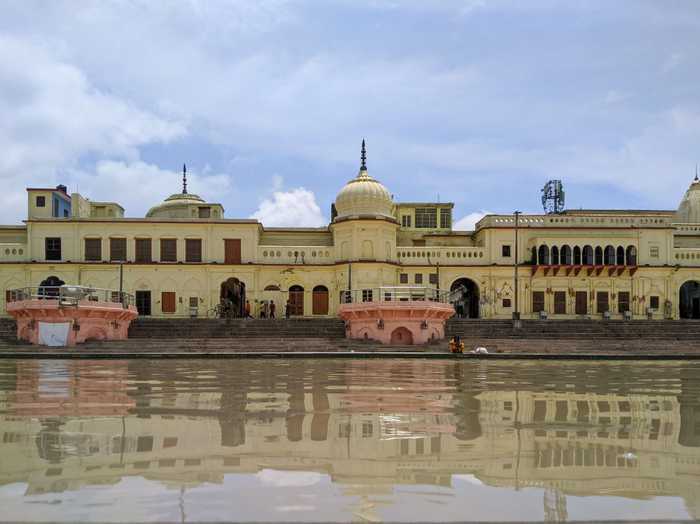Published 16:54 IST, January 16th 2024
Ram Mandir Consecration: The Spiritual Significance Of Treta Ke Thakur Mandir In Ayodhya
If you plan to visit Ayodhya to visit the Ram Temple, set to be consecrated on 22nd January, you must also visit the Treta ke Thakur Mandir.
- Lifestyle News
- 2 min read
Treta Ke Thakur Mandir, located in the ancient city of Ayodhya, holds profound religious significance and is deeply intertwined with the rich mythology of Hinduism. The temple is dedicated to Lord Ram and is a must-visit shrine in Ayodhya. Located at a distance of 2.5 km from Ayodhya Junction, Treta Ke Thakur is also called Tretanath Temple. It is situated along the Naya Ghat of Ayodhya. Let us find out more about the temple.
Mythological significance
Treta Yuga is the second of the four yugas (ages) and it is during this era that the epic Ramayana unfolds. Treta Ke Thakur Mandir is believed to be associated with the deities worshipped during this period, primarily Lord Ram, his consort Sita, his loyal devotee Hanuman, and his revered companion Lakshman. The reason that this temple holds immense religious significance is because it is believed that it was this place where Lord Rama had conducted the 'Ashwadmedha Yagya' to celebrate his victory over Ravan.

Historical context
Counted among the most popular temples in Ayodhya, the Treta ke Thakur Temple is dedicated to Lord Ram. The name is such because Lord Ram is referred to as the Lord of the Treta Yug. The original structure of the temple was built by the king of Kullu 300 years ago. The temple was renovated in 1784 AD by Maratha queen Ahilyabai Holkar.
Architecture and the idols at Treta ke Thakur Mandir

The Treta Ke Thakur Temple is an excellent piece of north Nagara-style Hindu temple architecture that has conventional 'shikharas'. The temple has the idols of Lord Ram, His wife Sita, brothers Lakshman, Bharat, Shatrughan, devotee Lord Hanuman, and Sage Vashishtha. It is believed that the idols of Shri Ram, his three brothers, and Sita were brought from the original temple that stood on the bank of river Saryu. The special thing about the idols is that they are black. The idols installed here are made of black stone and it is believed that these sculptures belong to the era of King Vikramaditya.
Updated 07:57 IST, January 22nd 2024